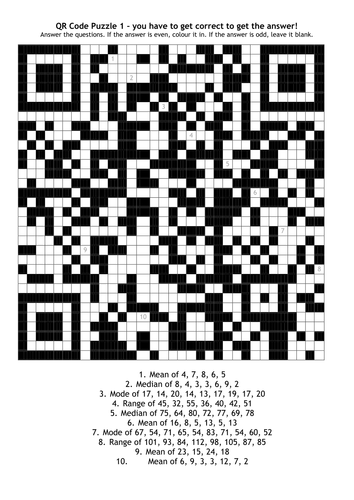Thank you Mr Masahiro Hara
Despite its name, the Quick Response code has taken over 25 years to achieve global recognition. The square QR code, which Mr Masahiro Hara developed in 1994 to track components in Toyota car factories, is now seen practically everywhere even here in the UK. It is the unsung hero of Governments combating Covid-19 including it on track and trace apps, shops using it for contactless payments and restaurants to allow diners to browse menus online
For much of the last 25 years barcodes have ruled in the West, probably because they’ve been around in the public domain since the 1970s - although they were first patented in 1951.
That first real public outing was its use as a Universal Product Code (UPC) on a pack of Wrigley Company chewing gum in June 1974 at a Marsh supermarket in Troy, Ohio. But the barcode was always going to be limited as it could only consist of 20 characters. The QR code on the other hand can hold 4200! Mr Hara and his team also overcame that annoying issue with the time-consuming awkwardness of barcodes — QR codes have three squares on their corners that help scanners to focus rapidly (allowing a quick response !)
Interestingly the barcode was actually inspired by Morse Code with the dots and dashes essentially being replaced by thick and thin lines. The QR Code is of course very similar in look to a crossword puzzle
But we certainly have Asia to thank for keeping the QR code alive and kicking .This is especially true for China where most people did not have a credit card in the mid-2000s and small stores did not want to buy expensive point-of-sale technology, as well as paying fees to banks on transactions. But shoppers in China had mobile phones, which could scan QR codes using Alipay or its rival Tenpay.
QR codes are easy to generate and display allowing shoppers to scan and pay using mobile e-wallet apps. I remember on a trip to Beijing in 2019 literally seeing them everywhere including street vendors and beggars
I remember writing about how Tesco used QR Codes in 2011 to allow commuters to do grocery shopping in the subway in South Korea. Shop while waiting for a train and get your groceries delivered to your home
Also worth bearing in mind is that the algorithm used to generate QR codes will allow for an error margin. This obviously helps with scanning purposes if say the code is dirty or damaged. But also, it allows the QR code symbol to be altered to include a logo, keyword, picture, etc.
Want to learn more about Albert Einstein?
Open a Spotify playlist?
Beware my taste in music
All this because thankfully Mr Hara decided not to patent his invention. Thank you Mr MasahiroHara






